Bodily Fiction, Fetish and Fact (Keith Hennessy)
The stage is filled with the remnants of past performances, stuff that seems to have lost either its meaning or function. Objects from theater prop rooms: mannequin parts, black cubes, an old fridge, a child’s desk, a vintage gurney, a bike, a mirror, and even the kitchen sink, ba da ba. This is the trash of representation, stuff that looks like or evokes or locates… The appearance of the sink suggests a hint of vaudeville, that US American entertainment fusion of dance, comedy, circus, sideshow, and cultural performance. Dances for Non/Fictional Bodies includes all of these elements, but under the influence of contemporary dance and performance these elements are either reduced to abstract essence or maximized into camp excess. The mashup of these tendencies - towards essence or excess - defines the field of play for this team of improvisers.
By referring to the bodies as Non/Fictional, Curtis emphasizes the impossibility of denying the fiction within nonfiction, the imaginary within the real. The slash that interrupts the more commonly used ‘nonfiction’ intervenes on a simple reading of nonfictional as non-imaginary, not-pretend. The bodies in this carefully constructed mess recycle and repurpose objects as easily as personae, changing costumes and attitudes, wigs and positions. In DN/FB the body is real, is a theatrical construction, is a performance, and is an unstable and generative site of production of identities, knowledge and art. Dancers sing, juggle, ride bikes, imitate circus animals, manipulate objects, and dance. Sometimes they do almost nothing, daring us to stare or to question what is real. In their playful experimentation bodies and bodily talents are revealed as well as hidden. Two of the five performers have bodies that might be described as disabled, differently abled, non-normative, crippled or different. Everyone has a crutch, that is, a way of extending themselves with objects, tools, or other people to achieve things they wouldn’t be able to do otherwise. These humans seem broken yet undefeated. Together they build a queer world beyond the obvious, the norm, the rule.
The choreography or dramaturgy of this splendid provocation in the guise of a theatrical performance is not obvious. It’s more like a gestalt of performative actions, images and interventions. For most of the work there are multiple simultaneous events. A crisis of representation, of identity, is provoked by this crisis of choreography. The dancers demonstrate both virtuosity and banality. The five performers work alone, in duets and trios. Neither my notes nor memory of this densely layered performance recall any moment when all five were in the same game or image. Structured (and de-structured) by multiplicity, simultaneity, and confusion, DN/FB is chaos-like but not chaotic.
Curtis, Gómez-Peña, and the collaborative performers have crowded this work with obsessions, desires, fears, taboos, fetishes, and archetypes. They’re playing with objects, playing with themselves and each other, playing with us, playing with ideas and representations, playing with identity, playing with bodies, playing with the con/fusion of real and imaginary. This serious and disciplined play informs a wisely crafted choreography of improvisations, situations, and sensations. The work is intended as provocation but does not shy away from entertainment. In the friction between contradictions Curtis and gang have generated significant warmth, raising the social temperature, daring us to playfully disrupt our own bodily fictions.
(Excerpted from a review of a preview of Jess Curtis / Gravity’s Dances for Non/fictional Bodies, February 2010, San Francisco.)
Keith Hennessy is a performance artist, choreographer, teacher and critic. He was born in Canada, lives in San Francisco & improvises internationally.
